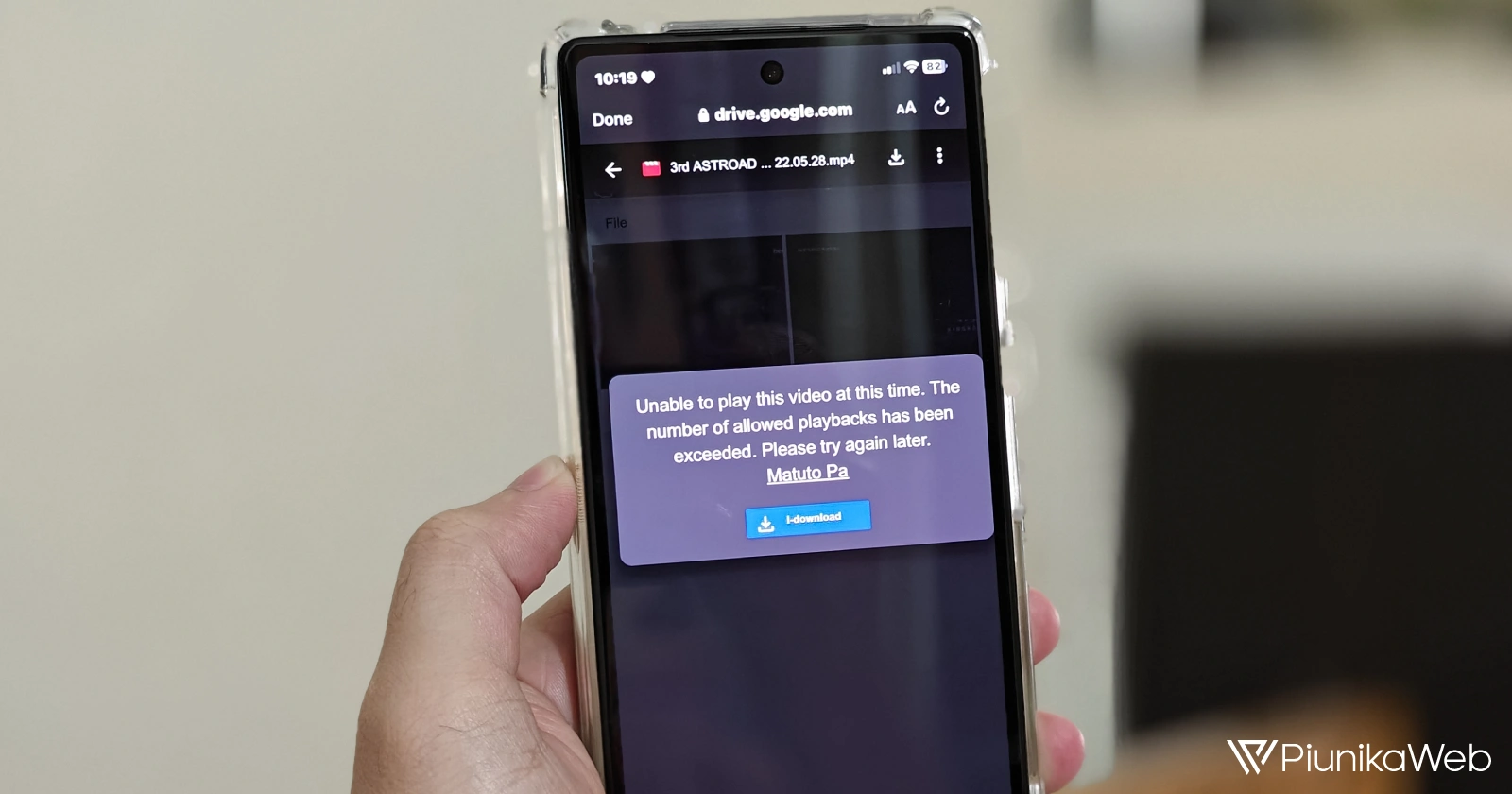If you’re a Pixel phone owner who recently installed the January Google Play System Update, you might have encountered some frustrating issues: apps crashing unexpectedly, screenshots failing to save, and external storage acting erratically. This is happening due to the internal storage bug that popped up a few months ago too. Luckily, Google has acknowledged the problem and released a fix, but it requires a bit of technical know-how.
The bug primarily affects devices with multiple user accounts or work profiles. While Google is working on a more accessible solution, they’ve released a manual fix for users comfortable with developer tools and ADB (Android Debug Bridge).
Here’s what you need to know:
- The fix involves uninstalling and reinstalling specific system components using ADB. Don’t worry, your data won’t be affected.
- You’ll need a Windows, macOS, or Linux computer and some developer tools.
If you’re not comfortable with the technical steps, here are your options:
- Wait for a future software update that will likely include a more user-friendly fix.
- Contact Google support for assistance.
Steps to fix the storage bug on your Google Pixel
Note: As mentioned above, this method requires a computer and some technical know-how. Proceed with caution and only if comfortable with the steps involved.
- Enable Developer Options: Follow the instructions here if you’ve never tinkled with Developer Options before.
- Connect your phone to your computer: Use a USB-C cable and ensure file transfer is enabled on your phone.
- Download and unzip Platform Tools: You can head to this page to download the Platform Tools.
- Open Terminal/Command Prompt: Navigate to the unzipped folder containing the tools and open up Terminal/CMD.
- Verify Device Connection: Type
./adb devices (Windows: adb devices)and press Enter. If your phone is listed as “Unauthorized,” allow USB debugging on your phone. - Uninstall Media Apps: Type the following commands one by one, pressing Enter after each:
./adb uninstall com.google.android.media.swcodec./adb uninstall com.google.android.media- Restart your Pixel phone: Follow the instructions for your specific model (Pixel 5a and earlier: hold Power button for 30 seconds; Pixel 6 and later: hold Power and Volume Up buttons).
- Disable Developer Options and stop adb: You can head back to the Developer Options page in Settings to turn it off with the toggle at the top of the page. Then, you can enter this code in Terminal/Command Prompt:
- ./adb kill-server
If you run into any problems following the steps above and want an even more detailed guide, you can check out the official steps provided by Google in the blogpost. It’s unclear if and when Google will unpause the January PSU rollout. Nonetheless, some folks affected by the bug claim the fix came in too late because they already factory reset the device and lost their data.


